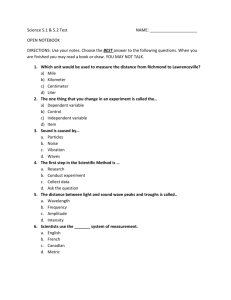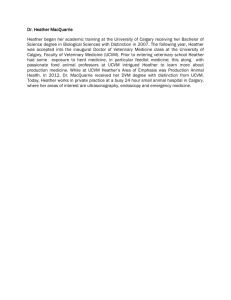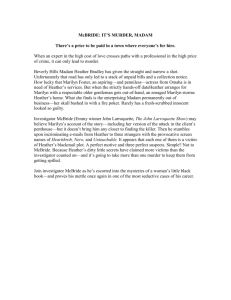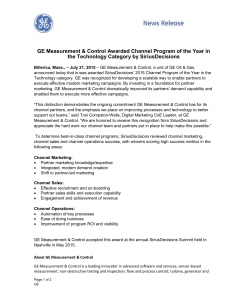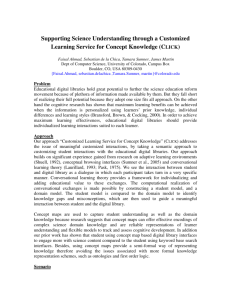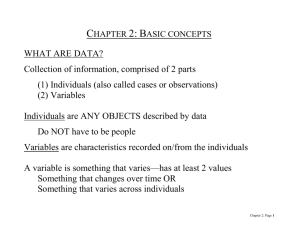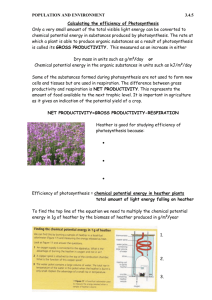File - COMM 101
advertisement
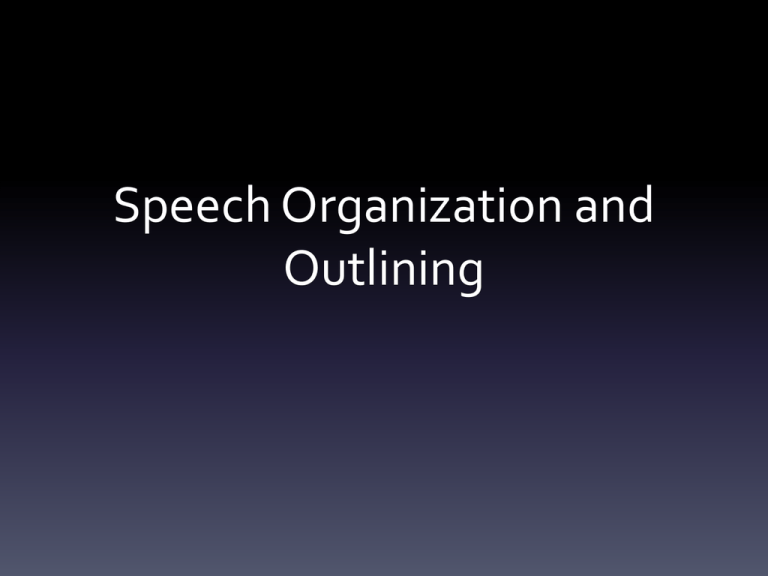
Speech Organization and Outlining Two Types of Outlines Preparation vs. Speaking Preparation Outline • Also called the working or practice outline • Is a work in progress (draft) • Helps establish and refine your organizational pattern • The final draft is your full sentence outline – you will turn this in on your speech day Speaking Outline • Also known as a key-word outline • Includes words and phrases only • Should be organized on notecards for ease of handling • Not turning this in Great Outline Examples On class website under “Resources” > “Sample Speeches and Outlines” Outline Process • First… – Write out your specific purpose – “To inform my audience of the benefits of meditation” Outline Process • Second… – Write out your thesis statement – “Meditation can be a great way to relieve anxiety, increase your productivity and even improve your memory.” Outline Process • Third… – Develop your main points – The primary pieces of knowledge (informative) – Key claims (persuasive) Outline Process • Look at your main points and ask yourself: – Will these main points make my message clear to my audience? – Is this the most appropriate order in which to develop them? – Have I left out anything important? Outline Process • Fourth… – Develop sub-points – Facts, statistics, testimony, examples, narratives/anecdotes Outline Process • Sub-points should support main points and answer the following questions: – What do you mean? – Why should I care? – How do I know this is true? Outline Process • Lastly… – Complete your working outline – The final draft will be your full sentence outline – You will turn this in Supporting Materials Facts and Statistics • Facts: statements that can be independently verified • Stats: numerical facts • Repeatedly confirmed by numerous sources • Both add credibility to your speech IMPORTANT: • Any fact or statistic you use should be consistent across a variety of reputable sources Testimony • Citing the opinions or conclusions of other people or institutions to clarify, support and strengthen a point Three Types of Testimony • Expert: comes from people who are qualified by training or experience • Lay: comes from people who have first-hand experience • Prestige: comes from a respected public figure (not necessarily an expert) X Examples • Serve as verbal illustrations to an oral message • Make your points more concrete and clear Examples • According to Dr. Oz, the benefits of meditation are numerous. For example, meditation has been shown to boost the immune system, lower blood pressure, and improve emotional balance. Narratives • Stories that illustrate ideas • Humans are natural storytellers • Helps to draw your listeners into your message Narratives Heather Lerch had her whole life ahead of her. Just 19 years old, the young woman had recently graduated from Tumwater High School. Heather was on her way home from work on the night of February 23, 2010. While driving she was reading and sending text messages on her cell phone. She was just 3 miles from her house. The texting and driving caused Heather to became distracted. She then lost control of her vehicle and drove through a guardrail. The impact caused the driver’s side door to collapse several feet inside the vehicle. Heather died instantly.


